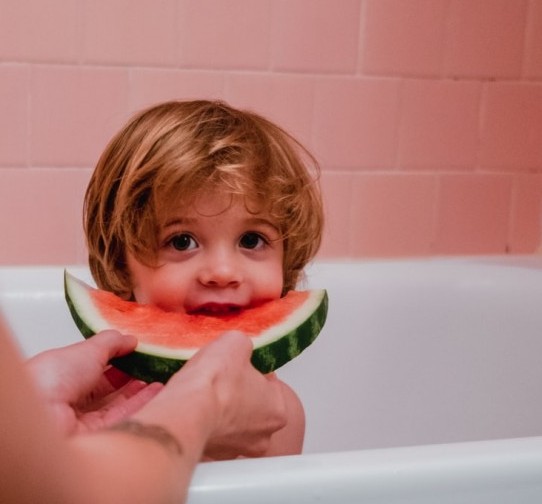Toddlers misbehave. It’s a fact of life. Some days it may seem like that’s all they do from the time they get up until they go to bed.
When children are that young, punishment is largely ineffective. They have trouble connecting their actions to the punishment, making them feel that you are just being unfair to them. So how does a parent deal with bad behavior in a toddler?
Distraction
Distraction is a technique that we often use when our children are babies without even thinking about it. When your toddler was a baby and went toward something that posed a danger to her, you probably picked her up, told her no, and directed her attention to something else. This may have had to be repeated a few times, but it usually worked eventually.
When babies become toddlers, many parents are so overwhelmed by their toddler’s greater mobility and expanding curiosity that they don’t stop to think about how she will perceive punishment. The fact is that young toddlers still have a hard time grasping that punishment is a consequence of their actions. So distraction is still a more effective technique.
Consequences
For older toddlers, you can begin to introduce punishment in the form of consequences. This allows toddlers to learn from their mistakes by making the punishment a direct consequence of the bad behavior.
For example, let’s say that your toddler gets Play Doh all over the floor. Instead of cleaning it up yourself and not allowing her to watch television, you could ask her help clean it up and take away her Play Doh for the rest of the day. This shows her that there are direct consequences of her actions, and she will be more likely to remember not to do it again.
Time Out
Time out can be used starting at about a year old. Bear in mind, however, that it will be difficult to keep a child in one place for very long when they are that young. A good rule of thumb is one minute of time out for each year of age.
For younger toddlers, time out serves more as a “cooling off” period than a punishment. It removes them from the situation in which they were behaving badly and gives them a chance to regroup. When time out is over, helping them find a more positive activity will get them back on the right track.
Positive Reinforcement
Perhaps the most important thing you can do toward disciplining your toddler is reinforcing her good behaviors. By doing so, you give her incentive to behave properly. And that can be much more effective than punishing bad behaviors.
That’s not to say that you should buy your child a new toy every time she does something right. Simply telling her that she is doing a good job when she picks up her toys or shares with other kids can boost her self-esteem and encourage her to keep up the good work.
When there is a bad behavior that you want to put a stop to, try using more tangible incentives. You could use a sticker chart, for example. Put a sticker on it each day that she does not engage in the undesirable behavior. Once she earns a specified number of stickers, reward her with an activity that she enjoys.
Disciplining toddlers can be tricky, because in some ways they are still more like a baby than a big kid. Reinforcing good behaviors and enforcing consequences for bad ones in a way they can understand will allow them to learn naturally from their mistakes. And lessons learned that way are remembered the best.
Content goes here.
Conclusion
Content goes here.
Recent Comments